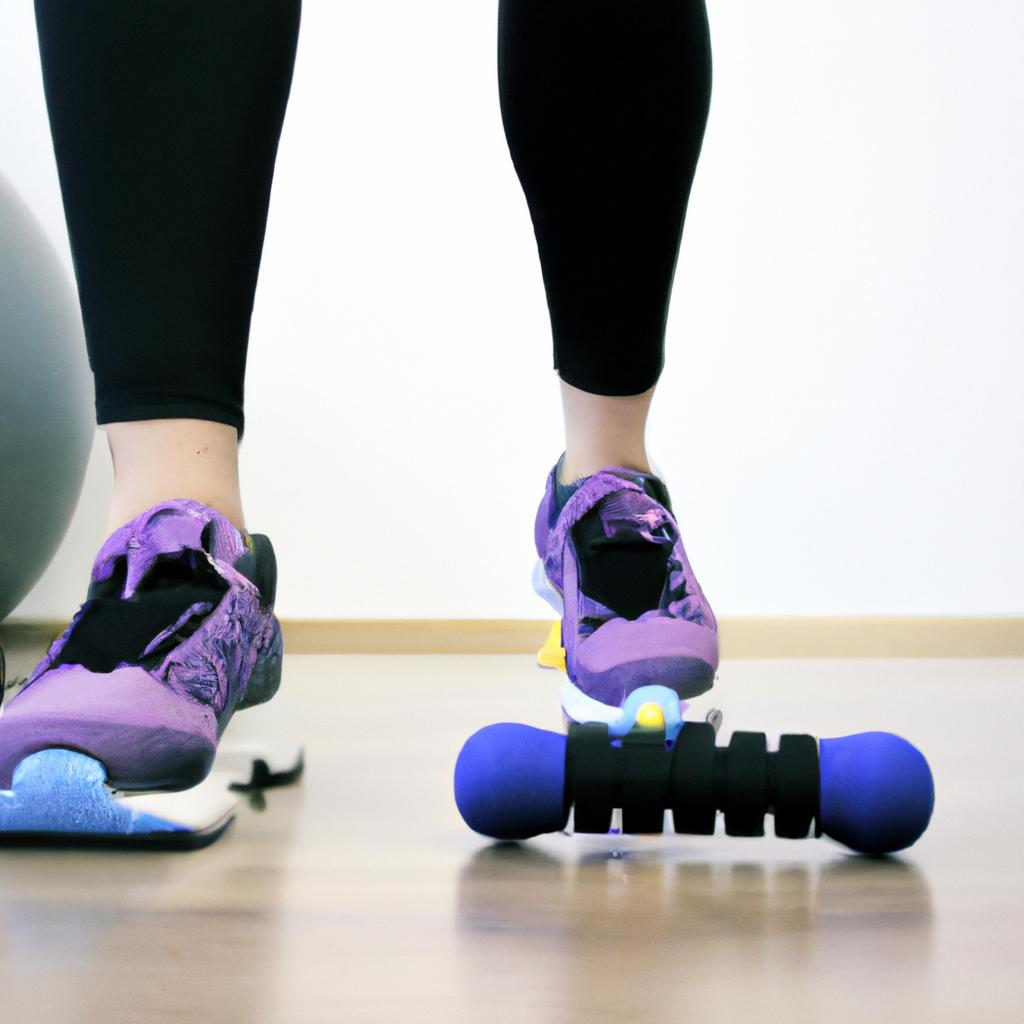**”The Role of Balance Training in Preventing Lower Extremity Injuries: Effective Techniques and Exercises for Athletes”**
# The Role of Balance Training in Preventing Lower Extremity Injuries: Effective Techniques and Exercises for Athletes
In the world of athletics, lower extremity injuries are among the most common setbacks that athletes face. Whether it’s a sprained ankle, a torn ligament, or a muscle strain, these injuries can sideline an athlete for weeks or even months. One of the most effective ways to mitigate the risk of such injuries is through balance training. This blog post delves into the importance of balance training, effective techniques and exercises, nutrition tips, exercise advice, and the extensive health benefits it offers.
## Understanding Balance Training
### What is Balance Training?
Balance training involves exercises aimed at improving stability and coordination by enhancing the body’s ability to maintain its center of gravity. This is vital for athletes, as optimal balance can improve performance and reduce the likelihood of injuries.
### Why is Balance Important?
Maintaining balance is crucial not only for athletic performance but also for daily activities. Improved balance helps in coordinating movements, which is essential for sports that require quick pivots, jumps, and changes in direction. Furthermore, better balance can enhance proprioception, the body’s awareness of its position in space, leading to safer movement patterns.
## Effective Techniques and Exercises
### Basic Balance Exercises
1. **Single-Leg Stands**: Stand on one leg while keeping the other leg bent at the knee. Hold for 30 seconds, then switch legs. To increase difficulty, close your eyes or stand on an unstable surface like a balance pad.
2. **Heel-to-Toe Walk**: Walk in a straight line, placing the heel of one foot directly in front of the toes of the other foot. This exercise can be performed on a flat surface or a line drawn on the ground to enhance focus.
### Advanced Balance Exercises
1. **Bosu Ball Squats**: Stand on a Bosu ball and perform squats. This will challenge your stability and engage your core muscles while enhancing leg strength.
2. **Single-Leg Deadlifts**: Holding a weight in one hand, stand on the opposite leg and hinge at the hip while extending the free leg behind you. This exercise not only improves balance but also engages multiple muscle groups.
## Nutrition Tips
To support balance training and overall athletic performance, proper nutrition is essential. Here are some tips:
1. **Stay Hydrated**: Dehydration can impair cognitive function and coordination. Ensure that you are drinking enough water throughout the day, especially before and after workouts.
2. **Fuel with Whole Foods**: Incorporate a balanced diet rich in whole foods, including fruits, vegetables, lean proteins, and whole grains. These foods provide essential nutrients that support muscle recovery and overall health.
3. **Focus on Protein**: Adequate protein intake is vital for muscle repair and growth. Include sources like chicken, fish, beans, and legumes in your meals.
4. **Consider Omega-3 Fatty Acids**: Foods rich in Omega-3s, such as fish, walnuts, and flaxseeds, can help reduce inflammation and support joint health, which is crucial for athletes engaged in balance training.
## Exercise Advice
When integrating balance training into your routine, consider these guidelines:
1. **Start Slow**: If you are new to balance exercises, begin with basic movements and gradually progress to more advanced techniques as your stability improves.
2. **Consistency is Key**: Aim to include balance training in your workout regimen at least two to three times a week to see significant improvements.
3. **Incorporate Sport-Specific Drills**: Tailor your balance exercises to mimic movements specific to your sport, enhancing your overall performance and injury prevention.
4. **Listen to Your Body**: Pay attention to any signs of discomfort or pain during balance exercises, and modify or stop the activity as needed.
## Health Benefits
Engaging in regular balance training offers numerous health benefits for athletes:
1. **Reduced Risk of Injury**: Improved balance can help prevent falls and injuries, particularly in sports that require quick movements and changes in direction.
2. **Enhanced Performance**: With better balance, athletes can improve their agility, coordination, and overall performance in their respective sports.
3. **Improved Core Strength**: Many balance exercises engage core muscles, contributing to better posture and stability.
4. **Increased Confidence**: As balance improves, athletes often feel more confident in their movements, leading to better performance and a more enjoyable athletic experience.
## Conclusion
Balance training plays a pivotal role in preventing lower extremity injuries by enhancing stability, coordination, and proprioception among athletes. By incorporating effective techniques and exercises, paying attention to nutrition, and following tailored exercise advice, athletes can significantly reduce their injury risk while benefiting from improved performance and overall health. In summary, prioritizing balance training is essential for all athletes looking to stay injury-free and perform at their best.















Post Comment